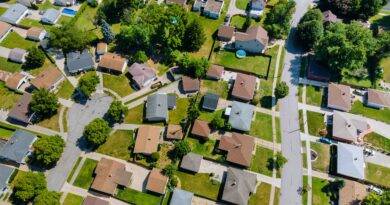Multifamily and Single-Family Rental Housing Market Trends
The U.S. rental housing market is currently experiencing a temporary supply glut, particularly in the multifamily sector, which is holding down rental prices. However, this situation is expected to stabilize by 2026 as demand continues to grow, driven by changing demographics and preferences. Notably, the largest share of renters is now aged 30-44, while the Build-to-Rent (BTR) single-family home model is gaining traction, projected to become an even larger segment of new rentals in the coming years. Rising costs for materials and labor are challenging both landlords and developers, complicating efforts to keep rents affordable. While rent control measures are being implemented in various regions as a response to escalating housing costs, they often deter new development unless paired with supportive local policies.
In terms of rental demographics, 35% of U.S. households are renters, with a significant portion earning below the median income, leading to an increase in cost-burdened households. Over 22 million renters were classified as cost-burdened in 2022, highlighting the ongoing affordability crisis. Vacancy rates indicate a slight tenant’s market, with averages rising to 6.6% nationally. However, market fluctuations are anticipated as high supply conditions change in the next 12 to 24 months. Experts forecast a resurgence in demand for both multifamily and BTR units, particularly as the Federal Reserve continues to navigate interest rates. The projected growth in BTR housing starts reflects a growing recognition of this sector’s potential to address housing shortages and meet evolving renter preferences.




